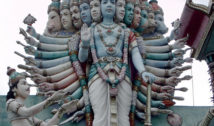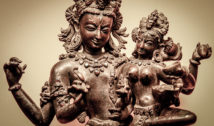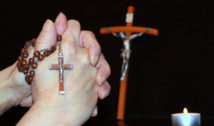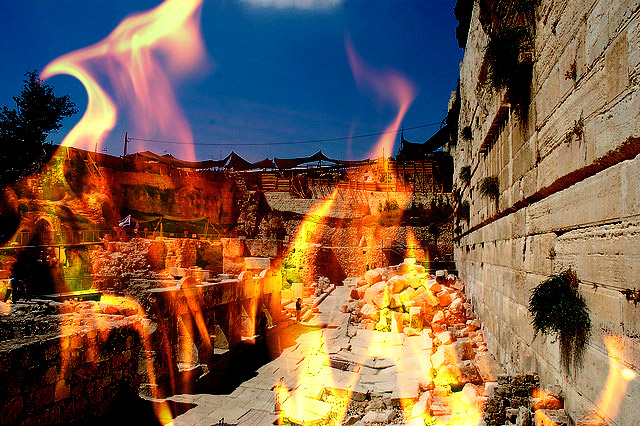
Understanding the Three Weeks of Judaism
- By Alison Lesley --
- 06 Jul 2015 --
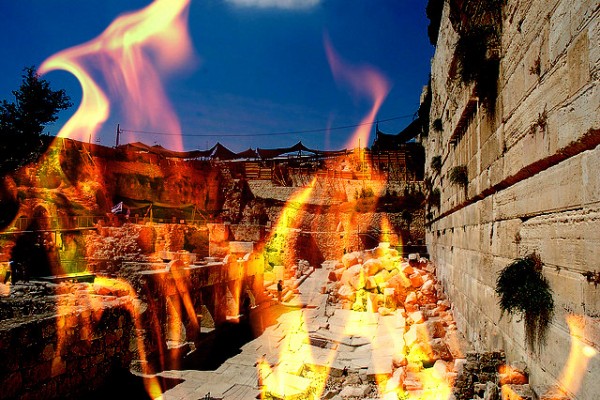
The Three Weeks of Judaism is considered a time of danger and tragedy for the Jews.
Similar with all other religions, the Jews also have their own set of important dates. One of which is The Three Weeks or “Bein ha-Metzarim”. But instead of celebration, this is the period wherein most Jews have to mourn to commemorate the destruction of the two ancient and Holy Jewish Temples. The Three Weeks begin on the 17th day of the Jewish month of Tammuz and ends on the 9th day of the succeeding month of Av. In today’s modern day Gregorian calendar, The Three Weeks usually falls during the summer season. This year, The Three Weeks began on Saturday, July 4, and will continue through Sunday, July 26.
We're in the midst of the #ThreeWeeks. Do you know how to observe them? http://t.co/tksiA0Xh0C
— Chaviva (@TheChaviva) July 21, 2014
The Three Weeks as a Period of Danger for Jews
This period has been considered a time of danger and tragedy for the Jews. It’s because aside from the destruction of the Two Holy Temples, many tragic events in Jewish history also fall within this period. Some of the catastrophic events that happened on the 17th of Tammuz include: the breaking of the Ten Commandments Tablets by Moses after his discovery of the sin of the Golden Calf; the restriction of offerings to the First Temple by the Roman rulers in 69 CE; the breaching of the Old Jerusalem City in 70 CE; the burning of a Sefer Torah by the Roman general Apostomus; and the blasphemy and desecration of the Sanctuary of the Holy Temple.
On the other hand, the tragic events that happened on the 9th of Av include: the destruction of the First Temple by the Babylonians in 586 BCE; the destruction of the Second Temple by the Romans in 70CE, the acceptance of slanderous reports of the 12 spies during the time of Moses in 1312 BCE; the failed Bar Kochba Revolt in 135CE, and the rebuilt of Jerusalem as a pagan city.
Other historic events associated with The Three Weeks include the expulsion of Jews from Spain in 1492, the onset of World War I in 1914, and the mass deportation of Jews from Warsaw in 1942.
What Are Observed During the Three Weeks?
In general, the entire period is marked by mourning and the abstaining from holding celebrations, festivities, occasions like weddings and parties, and avoidance of physical pleasure from music, other forms of entertainment, including trips and similar activities. Jews also don’t cut their nails and hair during this period. The first day (17th of Tammuz) and the last (9th of Av) are usually days of fasting.
The Three Weeks is generally divided into four sections or periods, and each has its own set of mourning traditions or observances. In Jewish tradition the mourning observances intensify as the days progress and as the Jews reach the Last Nine Days and the culminating Tisha B’Av or the 9th day of Av.
During the last Nine Days of Av, Jews are required to “decrease in joy or happiness”. This period is characterized by a more intensified period of mourning. Aside from the sacrifices mentioned above, Jews also refrain from eating poultry and red meat, wine, the buying and use of new clothes, and the partaking of unnecessary, warm, or comfortable bath.
The final day of The Three Weeks or the Tisha B’Av is a period of instead mourning, praying, and fasting.

